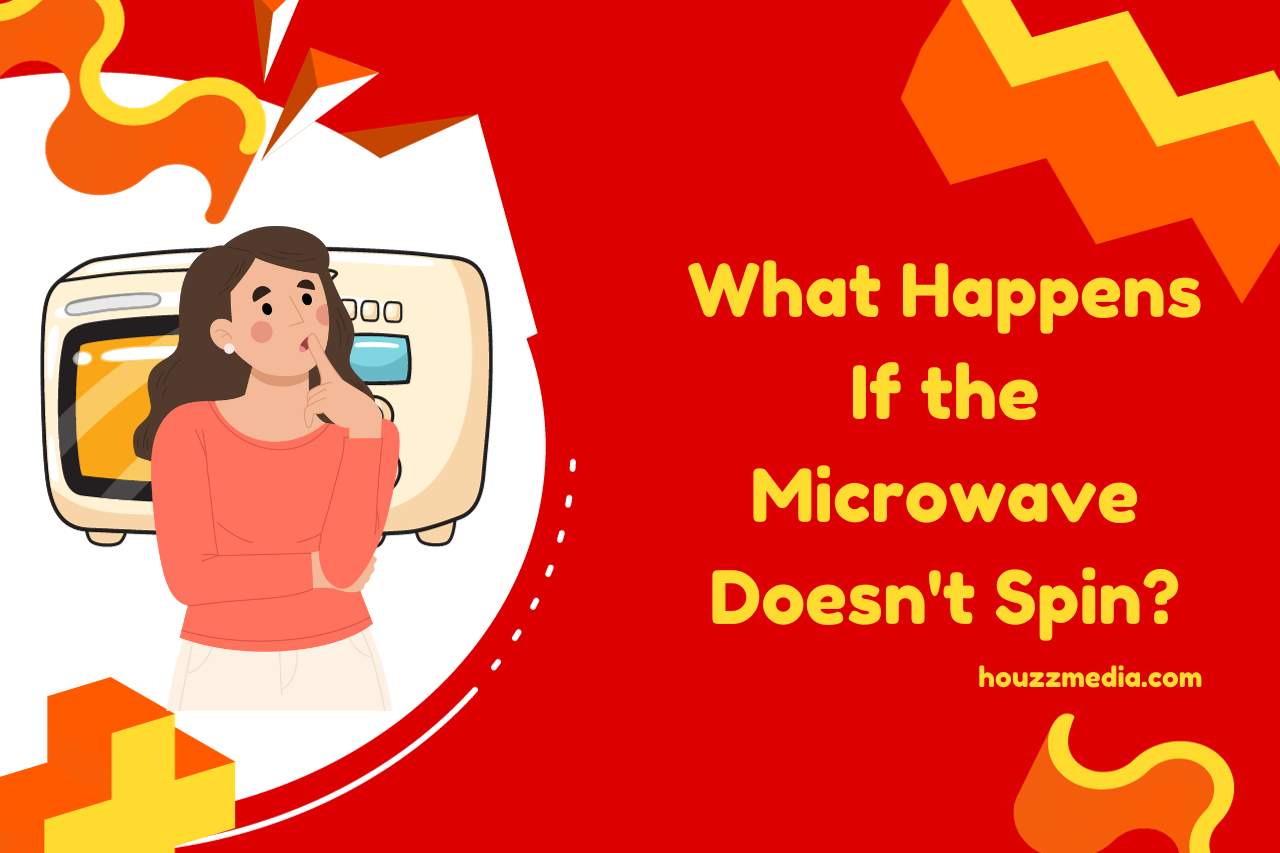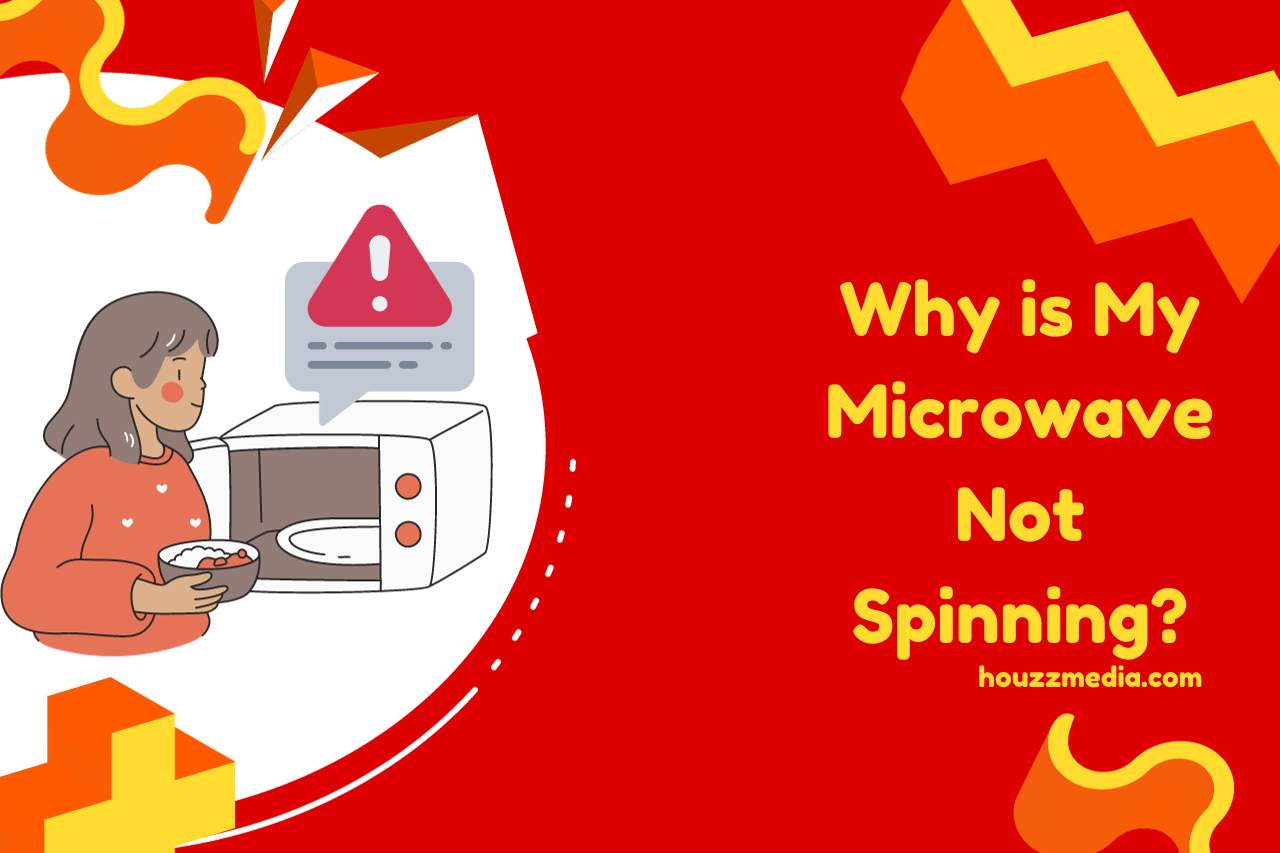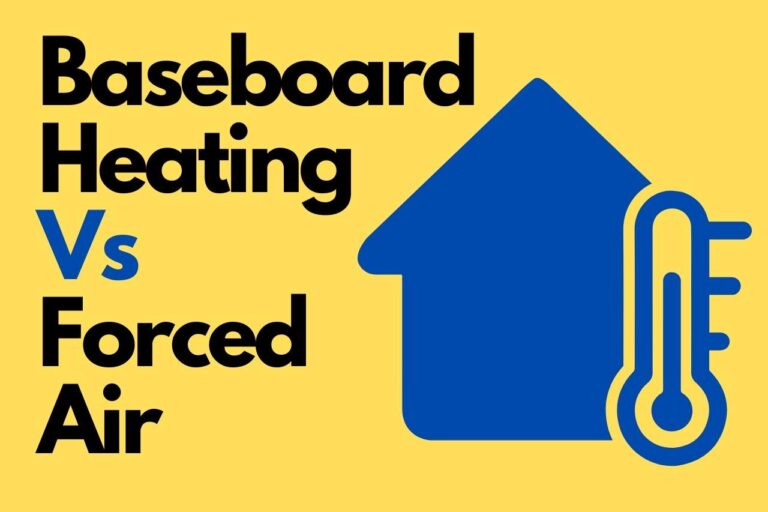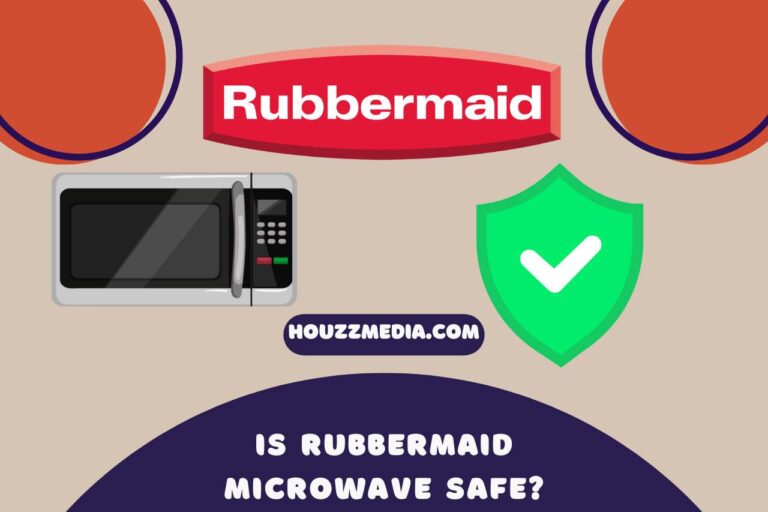Why is My Microwave Not Spinning? Professional Tips!
Puzzled by the sudden stillness inside your appliance and asking yourself, “Why is my microwave not spinning?” The microwave is one of the most used kitchen appliances, so there can be certain hiccups when it is used daily. Often, this issue boils down to a few fixable causes—misaligned turntable, worn-out motor, or obstructed roller guide. Recognizing the problem is the first step toward restoring your microwave’s efficient heat distribution and the vital rotation that ensures your meals are evenly warmed. This guide promises to help minimize downtime in your daily meal prep routine, as all the potential causes are revealed in the following detailed paragraphs. So, stick around to transform this spinning setback into a smooth-running culinary victory!
Why is My Microwave Not Spinning?
If your microwave is not spinning, the underlying issues can be related to the components, such as the turntable motor, roller guide, etc. When you go through the following points, you will have a better understanding.
- Turntable Motor Failure: The motor under the plate that rotates the turntable may be burned out or defective.
- Misaligned Tray: The glass plate may not be properly aligned on the turntable guide, preventing rotation.
- Damaged Roller Guide: The rollers that the glass tray sits on could be damaged or dirty. So, it interferes with the movement.
- Faulty Coupler: The small plastic piece that connects the motor to the turntable may be broken or worn out.
- Control Board Issues: The microwave’s main control board might not be sending voltage to the motor, indicating a more complex problem.
- Defective Touchpad: The touchpad or control panel may not be registering the command to rotate due to a malfunction.
- Obstructed Path: There could also be food debris or foreign objects blocking the turntable’s path.
- Door Switch Malfunction: If the microwave door switches are not working properly, the turntable may not engage.
- Power Supply: Inadequate power supply or a tripped circuit breaker can affect the microwave’s functionality, including the turntable.
How Do you Fix a Microwave That Doesn’t Spin?
To fix a microwave that doesn’t spin, the first step is to inspect the turntable and roller guide since they are responsible parts for spinning.
Here, we have provided you with a systematic approach to fix this issue.
- Check the Alignment: First of all, turn off the microwave, remove the glass plate and clean the turntable guide. Ensure it’s properly aligned, and then reseat the plate.
- Inspect the Roller Guide: Next, look for debris or damage that might impede rotation and clean or replace as necessary.
- Examine the Coupler: If the coupler is broken or worn, it should be replaced with a compatible part.
- Evaluate the Motor: Access the motor from the bottom of the microwave and test it with a multimeter; replace if no continuity is found.
- Assess the Door Switches: You can use a multimeter to test each switch for continuity. Then, replace faulty switches to restore function.
- Check Power Supply: Ensure the microwave is receiving proper voltage and that no circuit breakers are tripped.
- Consult a Professional: If the problem involves the control board or complex electrical issues, seek professional repair without taking risks.

What Happens If the Microwave Doesn’t Spin?
If the microwave doesn’t spin, uneven cooking or hot spots in the food may occur due to the lack of rotation that promotes even heat distribution. So, it is clear that spinning is necessary to achieve the expected outcome, an evenly-cooked meal from the microwave.
Go through the following consequences you have to face when the microwave does not spin.
- Uneven Cooking: The turntable’s rotation is designed to expose all parts of the food to microwave energy uniformly. Without it, some sections might be overcooked while others remain undercooked.
- Cold Spots: Areas of the food item might not receive sufficient microwave energy, leading to cold spots, which are especially concerning in meats where even cooking is crucial for safety.
- Increased Cooking Time: You might find the need to increase cooking time to achieve the desired level of doneness. So, the time as well as energy is wasted.
- Wear and Tear: The microwave works harder to heat food uniformly, which could potentially lead to more rapid wear and tear on the appliance’s components.
Watch this one,
Video Credits – Sam
You May Also Like
- Can you Microwave Parchment Paper? Safety Guidelines Unveiled!
- Can you Microwave a Chipotle Bowl? Satisfy Your Cravings!
- Is Rubbermaid Microwave Safe? Microwaving Made Easy!
- Why is My Microwave So Loud? Understanding Unusual Noises!
- Why is My Microwave Smoking? Immediate Steps to Take!
- How to Get Burnt Smell Out of Microwave? (DIY Solutions)
- Does a Microwave Need to Be Vented? Understanding Kitchen Safety!
- Does a Microwave Cook from the Inside Out? (Inside vs Outside)






